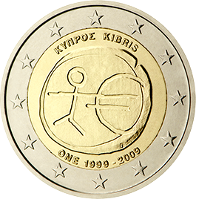 |
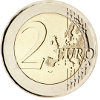 |
C o m m e m o r a t i v e
C o i n s |
||
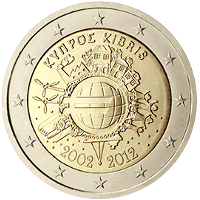 🔎
🔎 |
 |
Cyprus | 13 Feb. 2012 | 10 years Euro‐Currency |
20001 20002 20005 |
1,000,000 |  |
National characteristics : At the top of the coin is the name of the issuing country "ΚΥΠΡΟΣ KIBRIS" (Cyprus, in Greek and Turkish). The coin was minted without mint mark by the Greek mint Νομισματοκοπειο / Nomismatokopeio (Bank of Greece ‐ Mint) in Halandri. |
|||||||
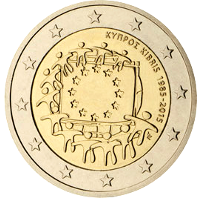 🔎
🔎 |
 |
Cyprus | 30 Nov. 2015 | 30 years EU‐Flag |
20001 20002 20005 |
350,000 |  |
National characteristics : Above is the name of the issuing country "ΚΥΠΡΟΣ KIBRIS" (Cyprus, in Greek and Turkish), followed by the dates "1985-2015". The coin was minted without mint mark by the Greek mint Νομισματοκοπειο / Nomismatokopeio (Bank of Greece ‐ Mint) in Halandri. |
|||||||
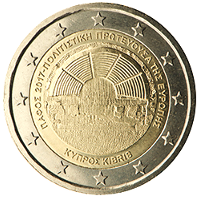 🔎
🔎 |
 |
Cyprus | 03 Nov. 2017 | Paphos - European Capital of Culture 2017 |
20001 20002 20005 |
430,000 |  |
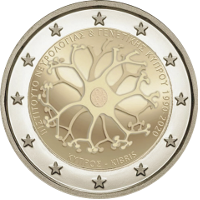 🔎
🔎 |
 |
Cyprus | 14 Dec. 2020 | 30 year anniversary of the Institute for neurology and genetics |
20002 20003 20005 |
412,000 |  |
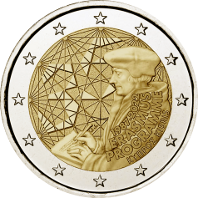 🔎
🔎 |
 |
Cyprus | 01 Jul. 2022 | 35th anniversary of the Erasmus Program |
20003 20005 20009 |
412,000 |  |
National characteristics : The quarter circle at the bottom right has four lines; below the commemorative period, the issue occasion "ERASMUS PROGRAMME" (in English) is written in two lines, below it the issuing country "ΚΥΠΡΟΣ KIBRIS" (Cyprus, in Greek and Turkish). The coin was produced without mint mark by the Greek mint Νομισματοκοπειο / Nomismatokopeio (Bank of Greece ‐ Mint) in Halandri. |
|||||||
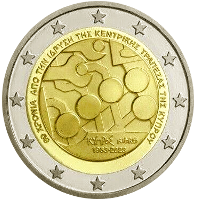 🔎
🔎 |
 |
Cyprus | 02 Oct. 2023 | 60th anniversary of the establishment of the Central Bank of Cyprus |
20003 20005 |
412,000 |  |
| References : | |||
| 20001 | Images taken with authorisation by the ECB ‐ Mail dated 20.Feb.2020 © "European Central Bank" |
20002 | Data mirrored from Wikipedia Page "2_euro_commemorative_coins" with friendly support of the guardians of that page. |
| 20003 | Images taken with authorisation by H....... Hamburg | 20004 | Coloured version of this Commemorative Coin in circulation EU‐legal‐technical specifications do not recongnise colour prints. The EU nevertheless tolerates them, as their numbers are very small and they are sold in special packs and therefor are very unlikely to be used as currency. |
| 20005 |
enlarged Images taken with authorisation by Gerd Seyffert © "Gerd Seyffert 2021" |
20006 | Not Applicable |
| 20007 | Images taken by Münzen Kreuzberg © "Münzen Kreuzberg 2021" |
20008 | enlarged Images taken by Münzen Kreuzberg © "Münzen Kreuzberg 2021" |
| 20009 | Text with kind permission by Gerd Seyffert © "Gerd Seyffert 2023" |
20010 | Not Applicable |
 |

